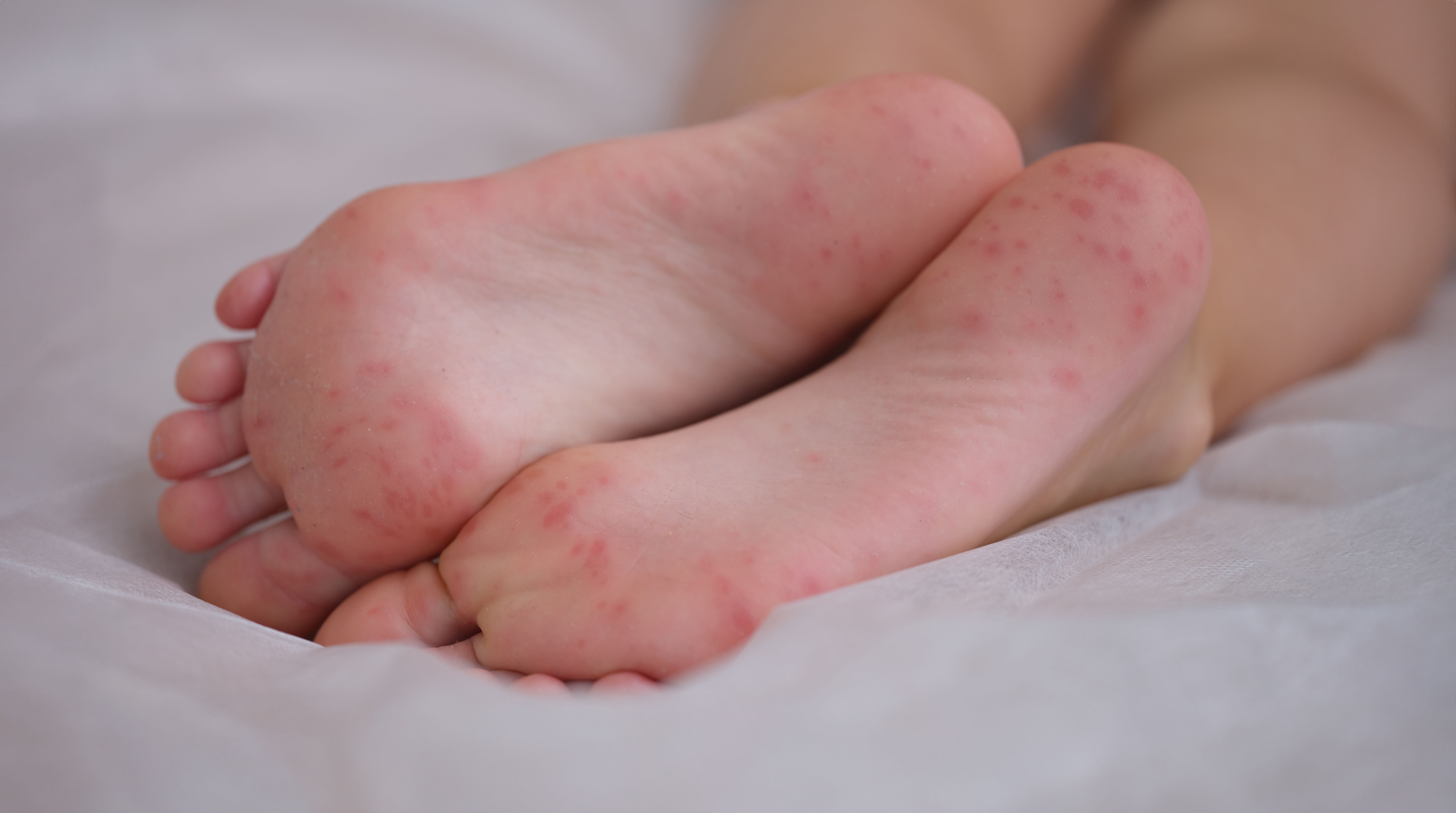Key Takeaways
- A patient health education-based prevention program effectively identified and reduced the patient burden of foot dermatoses and work-related skin disease (WRSD).
- Prior intervention approaches for WRSD have primarily addressed hand dermatoses, indicating a need for tailored interventions for other bodily dermatoses.
- Study findings emphasize the importance of tailored interventions, health education, proper footwear, and counseling in addressing foot dermatoses and WRSD, with potential for sustained improvements in patients' conditions.












